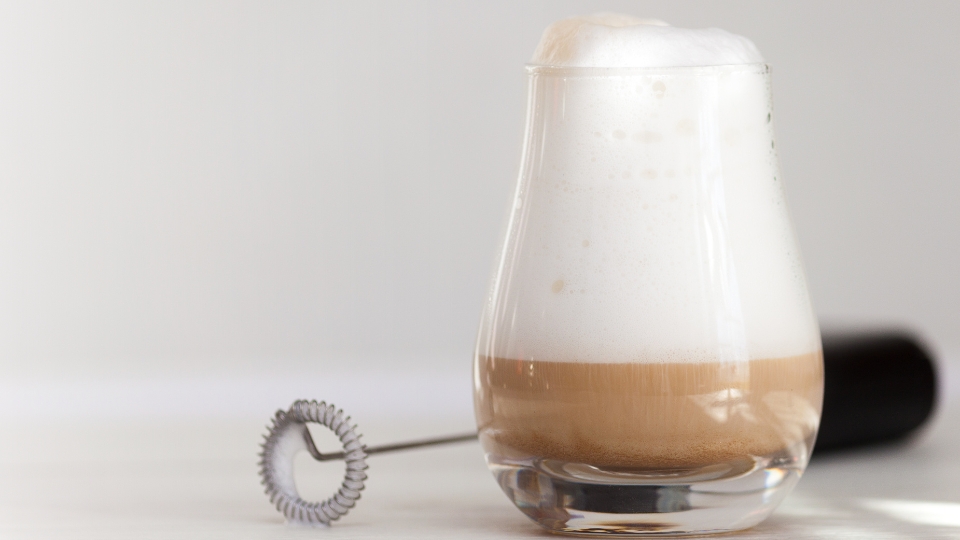The Role of Emulsifiers in Food: Understanding Their Functions and Safety

Emulsifiers play a vital role in the food industry, contributing to the texture, stability, and overall quality of various food products. From creamy dressings to smooth ice creams, emulsifiers help create and maintain desirable textures by combining ingredients that would otherwise separate. In this blog, we will explore the world of emulsifiers in food, their functions, common types, and their importance in the culinary world.
What are emulsifiers?
Emulsifiers are substances that are used to stabilize and maintain emulsions, which are mixtures of immiscible liquids, such as oil and water, that are blended together to form a stable and uniform product. Emulsifiers have properties that allow them to interact with both water and oil, enabling them to create a stable dispersion of small droplets of one liquid in the other.
The main function of emulsifiers is to reduce the interfacial tension between the two immiscible liquids, preventing them from separating. Emulsifiers accomplish this by adsorbing at the interface of the two liquids, forming a protective layer around the dispersed droplets. This layer helps to inhibit coalescence and maintain the stability of the emulsion over time.
What are emulsifiers in food?
Emulsifiers in food are additives that help stabilize and maintain the uniformity of emulsions, which are mixtures of immiscible substances such as oil and water. They have both hydrophilic (water-loving) and lipophilic (fat-loving) properties, which allow them to bring together and disperse these incompatible ingredients, preventing them from separating. Emulsifiers work by forming a protective layer around tiny droplets of one phase (such as oil) suspended in another phase (such as water), preventing coalescence and maintaining a stable emulsion. They are commonly used in a wide range of food products, including dressings, sauces, mayonnaise, margarine, ice cream, and baked goods, to improve texture, stability, and overall quality.
Types of Emulsifiers in Food
- Lecithins: Derived from sources like soybeans and eggs, lecithins are versatile emulsifiers used in a wide range of products, including chocolate, baked goods, margarine, and salad dressings.
- Mono- and Diglycerides: These emulsifiers are derived from natural fats and are commonly used in baked goods, ice cream, and dairy products to improve stability and texture.
- Polysorbates: Polysorbates, such as Polysorbate 80, are synthetic emulsifiers used in various food applications, including ice cream, sauces, and beverages, to enhance texture and stability.
- Gums: Some gums, like gum arabic and xanthan gum, act as emulsifiers in addition to their thickening properties. They are often used in dressings, beverages, and confectionery products.
Check out our blog on flavouring agents in food
Importance of Emulsifiers in Food
Emulsifiers play a crucial role in the food industry by providing numerous benefits:
- Texture and Mouthfeel: Emulsifiers contribute to the smoothness, creaminess, and overall pleasant mouthfeel of many food products.
- Stability: They help prevent separation and maintain a homogenous texture, extending the shelf life of products and enhancing their appearance.
- Improved Formulation: Emulsifiers allow for the creation of products that would otherwise be difficult to achieve, such as stable oil-in-water or water-in-oil emulsions.
- Nutritional Aspects: Emulsifiers can help reduce the amount of fat required in certain products without compromising texture, resulting in healthier formulations.
Emulsifier for Flavour Industry
In the flavor industry, emulsifiers are often used to enhance the dispersion and stability of flavors in liquid or semi-solid products. They help to create uniform emulsions and prevent flavor components from separating or settling. Here are a few examples of emulsifiers commonly used in the flavor industry:
- Propylene Glycol Esters of Fatty Acids (PGME): PGME, derived from fatty acids and propylene glycol, is another emulsifier commonly used in flavor applications. It helps to stabilize oil-in-water emulsions and is often used in flavor concentrates and emulsion-based products.
- Gum Arabic: Gum arabic, a natural gum extracted from the Acacia tree, is not only used as a stabilizer but also as an emulsifier in the flavor industry. It can create stable emulsions and is commonly used in beverage flavorings and encapsulation processes.
Emulsifiers are integral to the food and flavour industry, enabling the creation of stable and visually appealing food products with desirable textures. By effectively combining oil and water-based ingredients, emulsifiers enhance the sensory experience and improve the overall quality and shelf life of various foods. Understanding the functions and types of emulsifiers allows us to appreciate their significance in the culinary world and the wide range of products they contribute to.
Looking for flavours to enhance your products? Check out our various norex flavours section
Frequently Asked Questions
1. What are emulsifiers in food?
Emulsifiers in food are substances that help stabilize and maintain the uniformity of emulsions, which are mixtures of immiscible liquids, such as oil and water. They have properties that enable them to interact with both water and oil, allowing them to create stable and homogeneous blends.
2. What are some common examples of emulsifiers used in food?
Some common examples of emulsifiers used in food include lecithins (derived from sources like soybeans or egg yolks), mono- and diglycerides, polysorbates (such as Polysorbate 80), and various gums like gum arabic and xanthan gum. These emulsifiers help stabilize emulsions, prevent separation of oil and water-based ingredients, and improve the texture and shelf life of food products.
3. How do emulsifiers work in food?
Emulsifiers work in food by reducing the surface tension between immiscible liquids, such as oil and water, allowing them to mix and form stable emulsions. They have both hydrophilic (water-loving) and lipophilic (fat-loving) properties, which enable them to interact with both phases. Emulsifiers surround and stabilize small droplets of one phase dispersed in the other, forming a protective layer that prevents coalescence and separation. This layer helps to maintain the uniformity and stability of the emulsion, resulting in improved texture, mouthfeel, and shelf life of food products.
4. Are emulsifiers safe to consume?
Yes, emulsifiers used in food are generally considered safe to consume. They undergo rigorous safety assessments by regulatory authorities before being approved for use in food products. However, individual sensitivities or allergies to specific emulsifiers may exist. It is always advisable to read food labels and consult with a healthcare professional if you have any concerns or known allergies.











